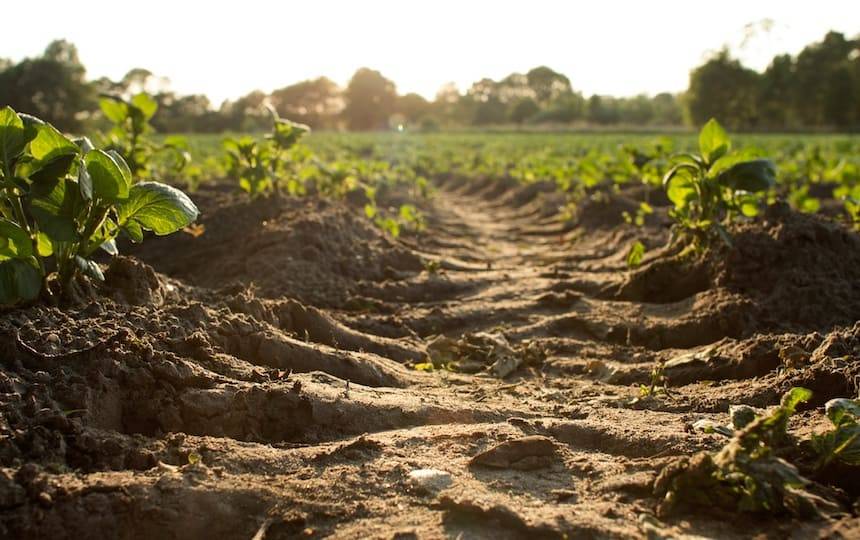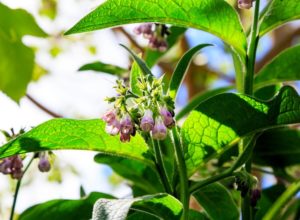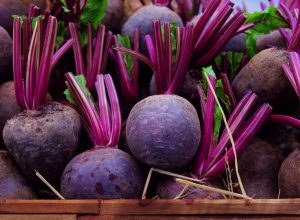Does your soil have enough of the appropriate minerals in the right balance to grow truly nutrient dense food? A soil sample will tell you.
Vegetables, fruits and grains are a major source of vital nutrients, but generations of intensive agriculture have depleted our soils to historic lows.
As a result, a soil sample would tell you that the broccoli you eat today may have less than half the vitamins and minerals it would have had less than a century ago.
We can grow our own vegetables using lots of compost and avoiding chemicals, but how do we really know our soil has enough of the appropriate minerals in the right balance to grow truly nutrient dense food?
In Issue 14 of Pip, we explore the idea of adding minerals to your soil to ensure it has the full range of nutrients required to grow nutrient dense food. This is on top of adding compost and other organic materials.
Below is a chart of nutrients, what they do, what a deficiency looks like and how to add them to the soil.
To really be sure what nutrients are lacking in your soil, a soil sample test is needed, which we delve deeply into in Issue 14.
Nutrient Table
Nutrient | What is does | What a deficiency looks like | Form it comes in |
| Calcium | Important part of the plant’s cell wall | Browning of leaf tips Bulb and fruit grow abnormally Stunted growth | Limestone (calcium carbonate) Agricultural (Ag) lime Dolomitic lime (contains some magnesium) Gypsum (calcium sulfate) Oyster shell lime (calcium carbonate) |
| Magnesium | Building block of chlorophyll, vital to photosynthesis | Yellowing of leaves between leaf veins | Dolomite Magnesium oxide |
| Potassium | Protein synthesis, buffers plants against the effects of drought | Browning of leaf tips Reduced plant growth | Potassium sulfate |
| Sodium | Aid metabolism and synthesis of chlorophyll in plants | Excess more common (looks like wilting and stunted growth) | Sea salt |
| Phosphorus | Part of plant cells, essential for plant development and plant energy | Discoloration of leaves and stunted growth | Hard rock phosphate Soft rock phosphate Bone meal Guano |
| Sulfur | Essential for protein synthesis and chlorophyll production | Yellowing of leaves between leaf veins, affecting youngest upper leaves first | Yellow sulfur |
| Boron | Transport of sugars in plants, cell division, seed development | Stunted, distorted growth, particularly on the growing tip | Laundry borax |
| Nitrogen | Vital for photosynthesis | Yellowing of leaves between leaf veins, affecting lower older leaves | Green manure crops Seedmeal, feathermeal, fishmeal Composted animal manures |
| Minors: Iron, Zinc, Manganese, Copper | Promote growth, photosynthesis, cell wall, plant hormones | Leaf curling and death, yellowing of leaves between leaf veins, stunted growth. | Zinc sulfate, manganese sulfate, copper sulfate |
| Traces such as cobalt, selenium, molybdenum | Promote growth, essential in small amounts, uses are varied | Mottled leaves, white stripes on leaves, yellowing leaves, stunted growth | Liquid or granualised kelp or azomite |
Soil Sample at Pip Headquarters
We took a soil sample from all our vegie beds at Pip Headquarters and sent them away to be sampled. They came back showing high levels of nitrogen, phosphorus, chloride, magnesium and potassium. Apparently this is typical of a soil where too much manure and compost have been applied.
We are working with a soil specialist to talk about what we need to do to bring the soil back into line. Stay tuned!









